5-Fluoroindole-2-carboxylic acid
- CAS NO.:399-76-8
- Empirical Formula: C9H6FNO2
- Molecular Weight: 179.15
- MDL number: MFCD00005612
- EINECS: 206-919-5
- SAFETY DATA SHEET (SDS)
- Update Date: 2023-05-09 09:30:25
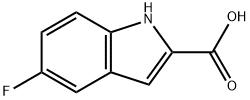
What is 5-Fluoroindole-2-carboxylic acid?
Chemical properties
yellow-brown crystalline powder
The Uses of 5-Fluoroindole-2-carboxylic acid
5-Fluoroindole-2-carboxylic acid,is an important raw material and intermediate used in Organic Synthesis, Pharmaceuticals, Agrochemicals and Dyestuff.
The Uses of 5-Fluoroindole-2-carboxylic acid
Reactant for the synthesis of:
- Fungicidal agents
- Antitumor agents
- 2,3-dioxygenase (IDO) inhibitors
- Factor Xa inhibitors
- Enantioselective D3 receptor antagonists
- Ligands for hFPRL1 (or ALXR) receptor in inflammation
- Antibacterial agents
- Inhibitors of hepatitis C virus NS3·4A protease
Definition
ChEBI: 5-fluoro-1H-indole-2-carboxylic acid is an indolyl carboxylic acid.
General Description
5-Fluoroindole-2-carboxylic acid is an antagonist of the glycine site within the NMDA (N-methyl-D-aspartate) receptor complex.
Properties of 5-Fluoroindole-2-carboxylic acid
| Melting point: | 259 °C (dec.)(lit.) |
| Boiling point: | 422.2±25.0 °C(Predicted) |
| Density | 1.3231 (estimate) |
| storage temp. | Inert atmosphere,2-8°C |
| form | Crystalline Powder |
| pka | 4.27±0.30(Predicted) |
| color | Yellow-brown |
| Water Solubility | Insoluble |
| BRN | 153217 |
| CAS DataBase Reference | 399-76-8(CAS DataBase Reference) |
Safety information for 5-Fluoroindole-2-carboxylic acid
| Signal word | Warning |
| Pictogram(s) |
 Exclamation Mark Irritant GHS07 |
| GHS Hazard Statements |
H315:Skin corrosion/irritation H319:Serious eye damage/eye irritation H335:Specific target organ toxicity, single exposure;Respiratory tract irritation |
| Precautionary Statement Codes |
P261:Avoid breathing dust/fume/gas/mist/vapours/spray. P264:Wash hands thoroughly after handling. P264:Wash skin thouroughly after handling. P271:Use only outdoors or in a well-ventilated area. P280:Wear protective gloves/protective clothing/eye protection/face protection. P302+P352:IF ON SKIN: wash with plenty of soap and water. P305+P351+P338:IF IN EYES: Rinse cautiously with water for several minutes. Remove contact lenses, if present and easy to do. Continuerinsing. |
Computed Descriptors for 5-Fluoroindole-2-carboxylic acid
| InChIKey | WTXBRZCVLDTWLP-UHFFFAOYSA-N |
New Products
4-Fluorophenylacetic acid 4-Methylphenylacetic acid N-Boc-D-alaninol N-BOC-D/L-ALANINOL Tert-butyl bis(2-chloroethyl)carbamate 3-Morpholino-1-(4-nitrophenyl)-5,6-dihydropyridin- 2(1H)-one Furan-2,5-Dicarboxylic Acid Tropic acid S-2-CHLORO PROPIONIC ACID ETHYL ISOCYANOACETATE 2-Bromo-1,3-Bis(Dimethylamino)Trimethinium Hexafluorophosphate (6-METHYL-[1,3]DITHIOLO[4,5-b]QUINOXALIN-2-ONE INDAZOLE-3-CARBOXYLIC ACID 4-IODO BENZOIC ACID (2-Hydroxyphenyl)acetonitrile 4-Bromopyrazole 5,6-Dimethoxyindanone 2-(Cyanocyclohexyl)acetic acid 4-methoxy-3,5-dinitropyridine 2-aminopropyl benzoate hydrochloride 1-(4-(aminomethyl)benzyl)urea hydrochloride diethyl 2-(2-((tertbutoxycarbonyl)amino) ethyl)malonate tert-butyl 4- (ureidomethyl)benzylcarbamate Ethyl-2-chloro((4-methoxyphenyl)hydrazono)acetateRelated products of tetrahydrofuran
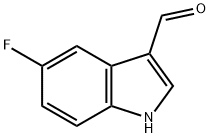
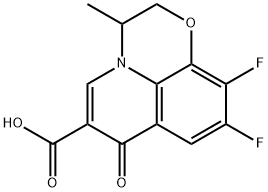





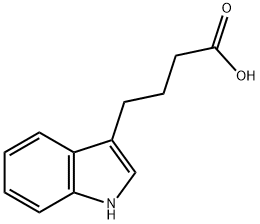
You may like
-
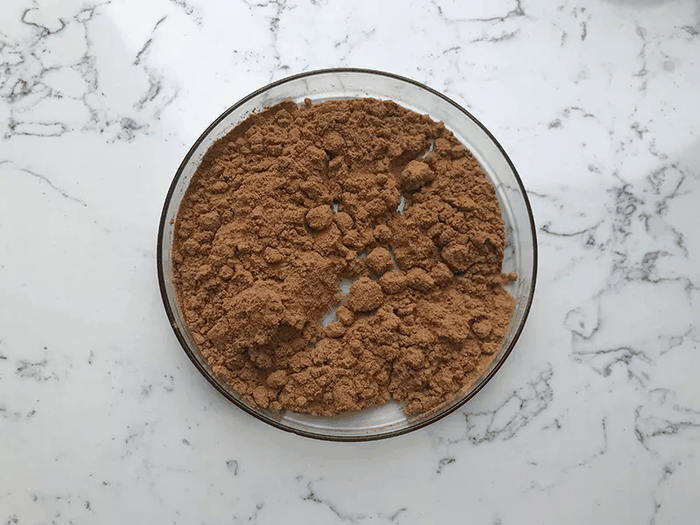 399-76-8 5-FLUORO INDOLE-2-CARBOXYLIC ACID 98%View Details
399-76-8 5-FLUORO INDOLE-2-CARBOXYLIC ACID 98%View Details
399-76-8 -
 5-Fluoroindole-2-carboxylic Acid CAS 399-76-8View Details
5-Fluoroindole-2-carboxylic Acid CAS 399-76-8View Details
399-76-8 -
 5-Fluoroindole-2-carboxylic acid CAS 399-76-8View Details
5-Fluoroindole-2-carboxylic acid CAS 399-76-8View Details
399-76-8 -
 1975-50-4 98%View Details
1975-50-4 98%View Details
1975-50-4 -
 2-HYDROXY BENZYL ALCOHOL 98%View Details
2-HYDROXY BENZYL ALCOHOL 98%View Details
90-01-7 -
 2-Chloro-1,3-Bis(Dimethylamino)Trimethinium Hexafluorophosphate 221615-75-4 98%View Details
2-Chloro-1,3-Bis(Dimethylamino)Trimethinium Hexafluorophosphate 221615-75-4 98%View Details
221615-75-4 -
 14714-50-2 (2-Hydroxyphenyl)acetonitrile 98+View Details
14714-50-2 (2-Hydroxyphenyl)acetonitrile 98+View Details
14714-50-2 -
 118753-70-1 98+View Details
118753-70-1 98+View Details
118753-70-1
Statement: All products displayed on this website are only used for non medical purposes such as industrial applications or scientific research, and cannot be used for clinical diagnosis or treatment of humans or animals. They are not medicinal or edible.